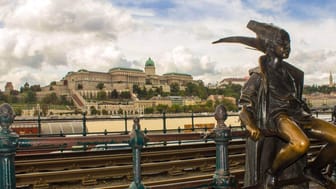Kossuth Lajos Square
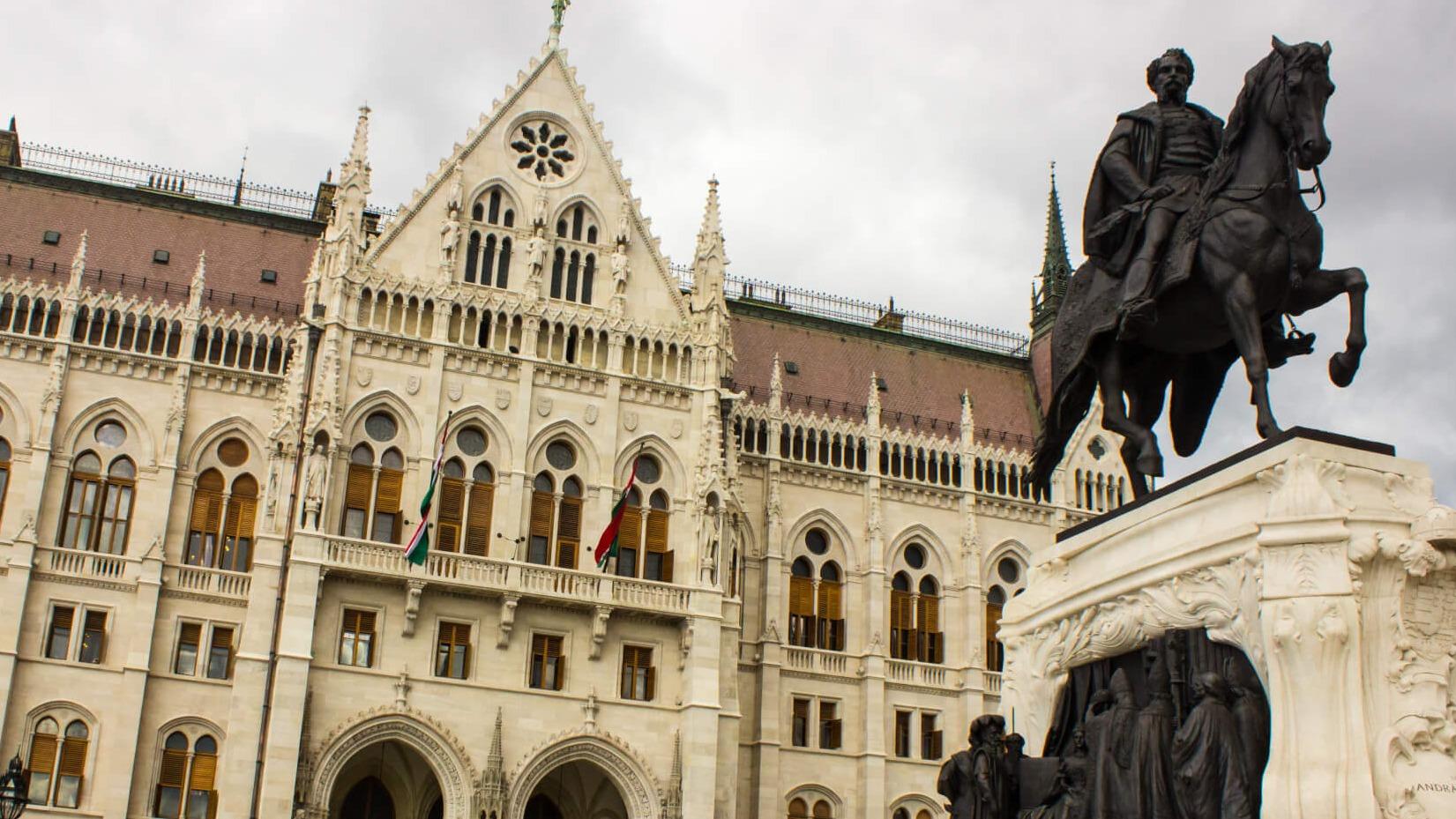
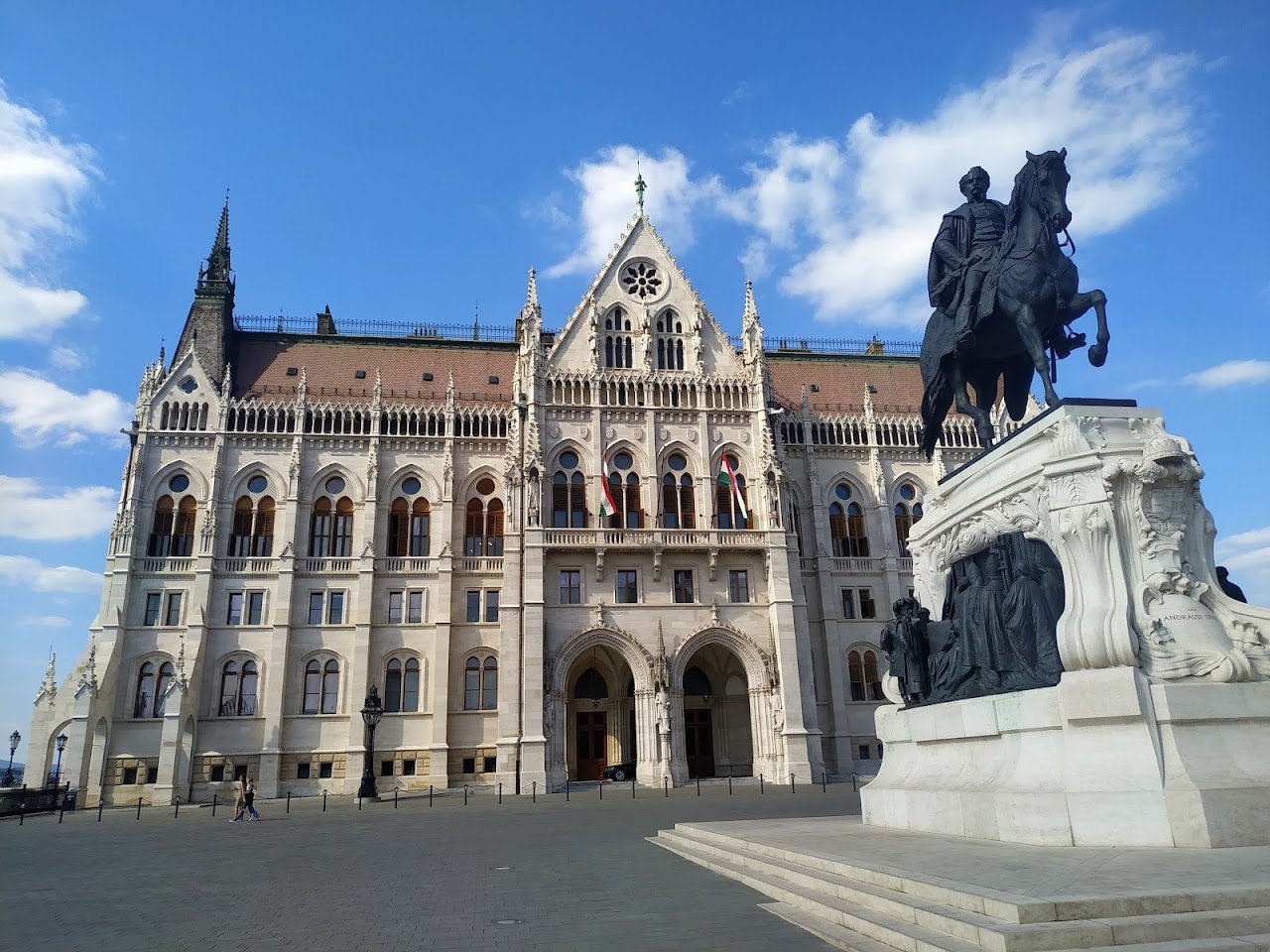

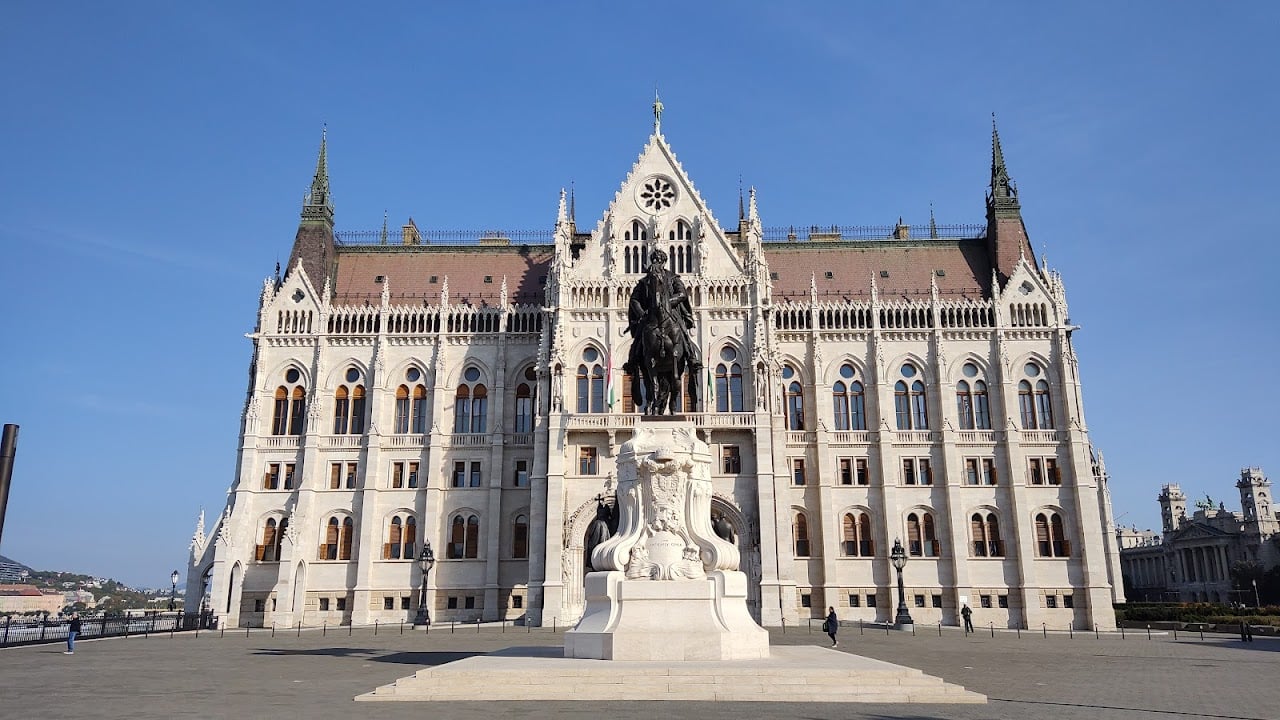
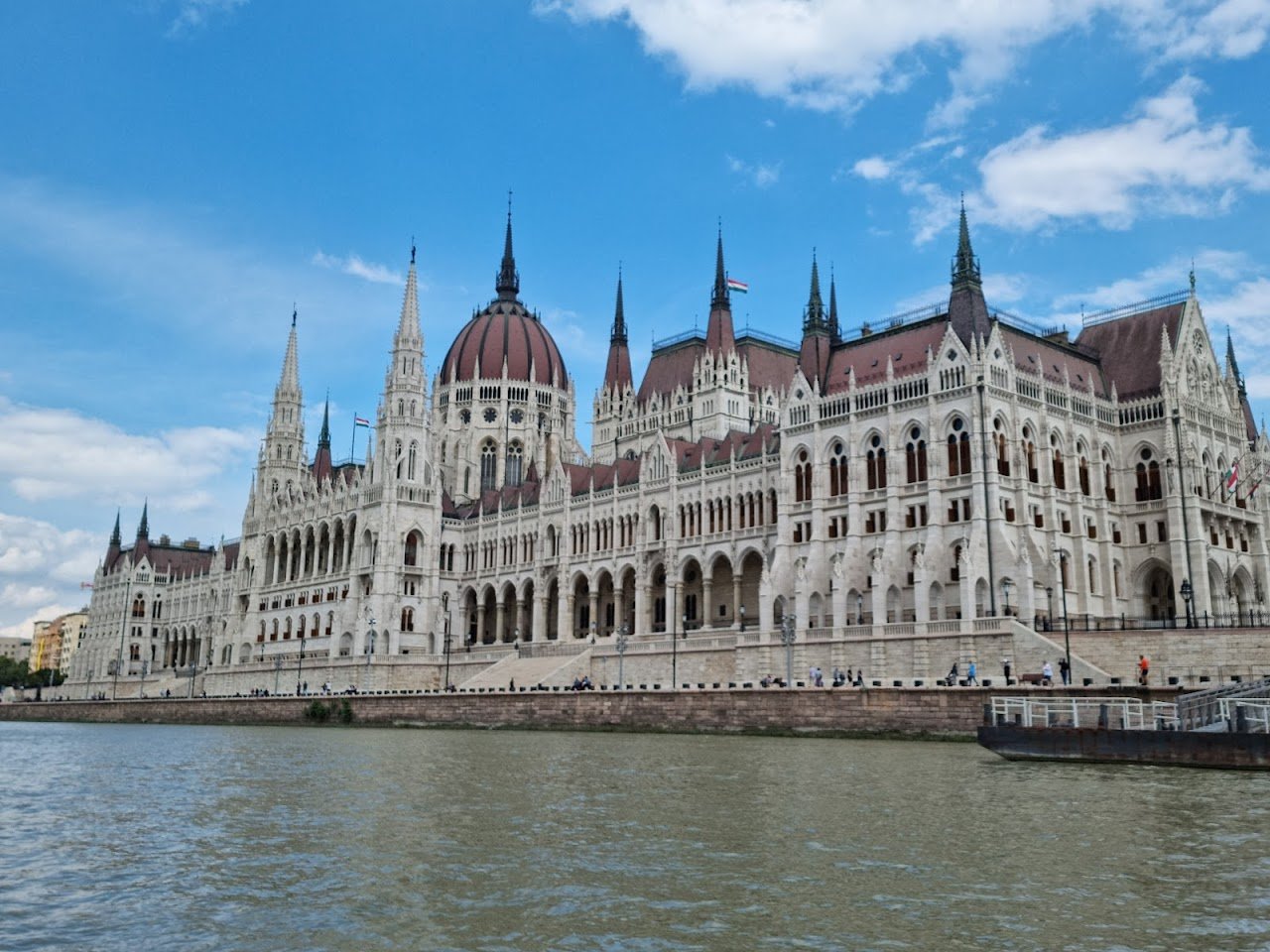
Ask ThatchGPT
Suggest a local expert to plan my trip
Suggest an unique itinerary for my Budapest trip
What foods do Budapest locals eat
What are some true hidden gems in Budapest
Help me brainstorm trip ideas for Budapest
Help me plan a family-friendly trip to Budapest
What people say
Pedro Pereira
Available for hire
"It serves as a symbolic hub of Hungarian political and cultural life, with its most prominent feature being the grand Hungarian Parliament Building, a masterpiece of Neo-Gothic architecture. The square is easily accessible via the M2 Metro line and is a stop for the scenic Tram No. 2, making it a popular destination for both locals and visitors.
The square’s history is intertwined with Hungary's national identity. It was renamed in 1927 after Lajos Kossuth, the revolutionary leader who played a key role in the 1848-49 War of Independence. Previously, it had various names, reflecting its evolving purpose. Originally referred to as Stadtischer Auswind Platz ("Unloading Square for the Ships") in 1820, it became Tömő tér ("Landfill Square") when the area was raised using rubble to mitigate flooding. By 1898, it was known as Országház tér ("Parliament Square"), signifying its growing importance as the seat of government.
In the late 19th century, Kossuth Square transformed into a focal point of the Hungarian state, marked by the construction of prominent buildings, including the Palace of Justice and the Ministry of Agriculture. During World War II, the square gained further significance when a temporary bridge, the Kossuth híd, connected it to Batthyány Square on the Buda side. Though dismantled in 1960, its memory persists with commemorative stones on both riverbanks.
Kossuth Square also became a site of historical and political importance in modern times. It was the epicenter of anti-government protests in 2006 following the release of then-Prime Minister Ferenc Gyurcsány's controversial speech, and it has witnessed various demonstrations throughout Hungary’s post-war history. The square underwent significant restoration in 2012 to restore its pre-1944 appearance, reopening in 2014 as a car-free space featuring sustainable landscaping, tram tracks, underground parking, and memorials, including a poignant tribute to the victims of the 1956 Kossuth Tér massacre."
Read more in:
Marie Ouimet
"In the Square, behind the Parliament building, I strongly recommend you take the time to visit the free In memoriam 1956 október 25 Memorial and Exhibition. It is a must if you want to learn more about the poignant local history. The Exhibition is about the Hungarian Revolution of 1956 against the Hungarian People’s Republic and its Soviet-imposed policies. Over 2,500 Hungarians and 700 Soviet troops were killed in the conflict, and 200,000 Hungarians fled as refugees. "
Read more in:
Mentioned in these guides
About Kossuth Lajos Square
Get the inside scoop on Kossuth Lajos Square from local experts, travel creators, and tastemakers. Browse genuine trip notes, Kossuth Lajos Square reviews, photos, travel guides, and itineraries from real travelers and plan your trip with confidence.
Save this spot for later or start mapping out a new trip today
Try our AI Travel Assistant and get instant answers to any questions about your trip.
Ask ThatchGPT

